How to learn and play chess for beginners? One of the oldest and most well-liked board games is chess. It is played between two opponents using specially created pieces in opposing colors, usually white and black, on a checkered board. To capture your opponent's king is the game's goal.
Chess is an abstract game of strategy with no secret information. On a 64-square chessboard with an eight-by-eight grid, it is played. The board game of chess is played by two players. Regarded distinguish it from similar games like xiangqi and shogi, it is frequently referred to as international chess or Western chess.
How to learn and play chess for beginners
Step 1: Setting Up The Chessboard
The chessboard is first set up so that each player has the white (or light) color square in the bottom right corner.
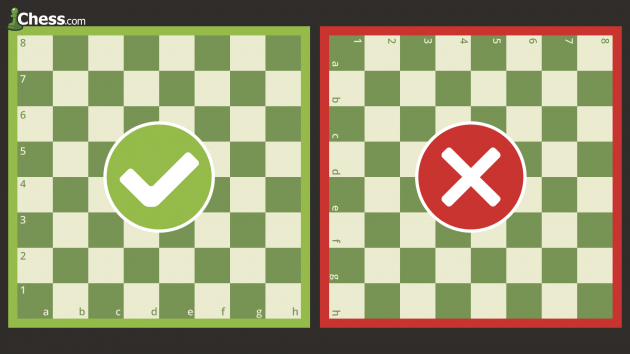
Chess board setup
After then, the chess pieces are always placed in the same order. The pawns are arranged in the second row (or rank). Following the bishops, who always move on their corresponding color (white queen on white, black queen on black), the rooks go to the corners, followed by the knights adjacent to them, and finally the king moves to the last square.
Step 2: Chess Piece Movement
The six distinct types of pieces move in six different ways. A piece can never move onto a square with another piece of their own kind, even though the knight can jump over other pieces. They can, however, be moved to occupy the position of a captured enemy piece. Typically, pieces are placed such that they can capture other pieces (by landing on their square and then exchanging them), protect their own pieces in the event of capture, or take control of significant game squares.
Chess King Movement Techniques
Although it is one of the weaker pieces, the king is the most crucial. Only one square can be moved by the king in any direction, including up, down, to the sides, and diagonally.
The king might never submit to restraint (where he could be captured). Check is the term for when another piece attacks the king.
Chess Queen Movement Techniques
The queen is the piece with the most clout. She is allowed to go as far as she can in any one straight direction, whether it be forward, backward, sideways, or diagonally, as long as she doesn't go through any of her own pieces.
The queen's turn is finished if she captures an enemy piece, just like with all other pieces. Take note of how the black king is compelled to move when the white queen captures the black queen.
Chess Moves For The Rook
The only directions in which the rook may travel are forward, backward, and to the sides.
When they cooperate and defend one another, the rooks are especially potent pieces.
How to Move the Chess Bishop
The only direction in which the bishop may move is diagonally. Each bishop must begin on one color (light or dark) and remain there at all times.
Bishops complement one other nicely because they hide each other's flaws.
Chess: How to Move the Knight
Knights move considerably differently from the other pieces; they first move two squares in one direction before making one additional move that forms a "L"-shaped turn at a 90-degree angle.
The only pieces that can move over other pieces are knights.
Chess Pawn Movement Techniques
The way pawns move and capture is odd since they move forward yet capture diagonally. With the exception of their initial move, when they can advance two squares, pawns can only move forward one square at a time.
Pawns are limited to capturing one diagonal square in front of them. They are unable to advance or capture in reverse. A pawn is unable to advance past or capture a piece that is right in front of him.
Step 3: Understand the Chess Game's Special Rules
In chess, there are a few unique rules that might not make sense at first. They were developed to add fun and interest to the game.
Chess Pawn Promotion Techniques
Another unique characteristic of pawns is that, upon crossing over to the opposing side of the board (a move known as promotion), they can change into any other chess piece, with the exception of the king (or pawn, for that matter).
A pawn could advance to become a queen, knight, bishop, or rook. It's a frequent misperception that pawns may only be traded for a captured piece. This is not accurate. Usually, a pawn is upgraded to a queen. You can only advance pawns.
Chess "En Passant" Technique
En passant, which translates to "in passing" in French, refers to the last pawn rule. A pawn can choose to capture the first pawn as it goes by if it first advances out two squares and lands to the side of an opponent's pawn, therefore bypassing the other pawn's potential to capture it.
The initial pawn must be pushed beyond shortly after making this special move; otherwise, the possibility to capture it is lost. Click through the example in the section below to learn more about this peculiar yet significant rule.
How To Castle In Chess
Another unique chess rule is something called casting. You may accomplish two crucial tasks with this move: move your rook out of the corner and into play, and move your king to safety (ideally). During his turn, a player may move his king two squares to one side, then move the rook from the corner of that side to directly adjacent to the king on the other side. However, the following prerequisites must be satisfied in order to castle:
- That monarch must be making his very first move.
- There cannot be any pieces between the king and rook that may be moved, therefore it must be that rook's initial move.
- The king might not be under check or get through check.
Keep in mind that the king is closer to the side of the board when you castle in one direction. This is referred as as casting "kingside." Casting "queenside" means casting via the area where the queen sits on the other side. The king always moves two squares while casting, regardless of which side.
Step 4: Determine Who Makes The Opening Chess Move
Always move first is the player with the white pieces. Due of this, players typically choose who gets to be white by chance or luck, such as by tossing a coin or asking one player to estimate the color of the concealed piece in the other player's hand. The next move is made by White, then Black, White again, Black, and so on until the game is over. The little advantage of being able to move first allows the white player to launch an immediate attack.
Step 5: Reread the Chess Game Winning Rules
Chess games can be won by checkmate, draw, resignation, or timely forfeit, among other means.
Chess Checkmate Technique
The object of the game is to checkmate the king of the opposition. When the monarch is restrained and unable to escape, something occurs.
A king may only escape control in one of only three ways:
- Even though he cannot castle, step out of the path.
- With another piece, deflect the check or seize the piece posing a threat to the king.
The game is lost if a king cannot avoid checkmate. The game is typically ended without the king being captured or removed from the board.
Early in the game, if one of the players doesn't play attentively, checkmate might occur.
Drawing A Chess Game
Sometimes chess matches are drawn rather than having a clear winner. Five factors can cause a chess match to be drawn:
- The game approaches a deadlock when one player has the opportunity to move but his king is not in check and he has no alternative move that is permitted:
Black is no longer in danger after making the move Qc7 and is immobile. By virtue of deadlock, the match is deemed a draw.
- The game might end with a simple draw if both players agree.
- The number of pieces on the board is insufficient to achieve checkmate (example: a king and a bishop vs. a king)
- If the same identical position is replicated three times, a player claims a draw (though not necessarily three times in a row)
- There have been 50 moves in a row where neither player has moved a pawn or taken a piece.
Step 6: Research fundamental chess tactics
Every chess player should be familiar with these four fundamental concepts:
Guard Your King
Get your king to the board's corner, where he will often be safer. Do not delay casting. Typically, you should castle as soon as you can. Keep in mind that if your own king is checkmated first, it doesn't matter how near you are to checkmating your opponent!
Don't Disperse Pieces
Don't haphazardly misplace your parts! Each piece has value, and you need checkmate pieces to win the game. Most players use a simple approach to keep track of the relative worth of each chess piece. What are the values of the chess pieces?
- A pawn is worth 1
- A knight is worth 3
- A bishop is worth 3
- A rook is worth 5
- A queen is worth 9
- The king is infinitely valuable
These points have no significance at the conclusion of the game; they are only a tool you may use to help you decide whether to capture, swap, or play other moves.
Control the chessboard's center
With your pieces and pawns, you should strive to control the center of the board. Controlling the center will provide you more space to maneuver your pieces and make it more difficult for your adversary to find advantageous squares for his pieces. In the aforementioned scenario, white plays smart moves to dominate the center while black makes poor choices.
Use every chess piece you have
White in the aforementioned case won the game with all of his pieces! When your components are positioned in the first row's rear row, they serve no use. To have more options when you assault the king, try to develop all of your pieces. Any good opponent will not be amenable to being attacked with only one or two pieces.
Step 7: Develop Your Skills by Playing Lots Of Games
The most crucial thing you can do to improve your chess is to play the game frequently. You need to play the game a lot to get better, whether you play online, with friends or family at home, or both. Nowadays, finding a chess game online is simple.
Rules For Different Chess Games
While the majority of players adhere to the normal chess rules, others like playing with modifications. They are referred to as "chess variations." Each version has certain guidelines:
Chess960: The starting positions of the pieces are chosen at random in Chess960 (Fischer Random). The pawns remain in their starting positions as usual, but the other pieces are placed at random.
Bughouse: Pairs compete in this format. A teammate will be allowed to use a piece that one player has taken from the opposing player. For instance, if I'm playing as White and my Black partner captures a white knight from her opponent, I will have a knight to use on any open square on my board during my turn. In any of my next turns, I can accomplish it.
King Of The Hill: The objective of the King of the Hill format is to move your king to the center of the board, or the "peak of the hill."
Crazyhouse: Because you may utilize the pieces you steal from your opponent, this format is incredibly thrilling. In other words, if I play as White and capture a black pawn from my opponent, the piece will change to a white pawn that I may use as part of my army on the board. In any of my next turns, I can accomplish it.
3-Check: In this game, the winner is the first person to check the other player's king three times.
Playing Chess 960
All of the usual chess rules apply in Chess960, with the exception of the beginning locations of the pieces on the back rank, which are chosen at random from among 960 potential possibilities. The King and Rook land on their customary squares for casting, just like in regular chess (g1 and f1, or c1 and d1). 960 is played just like regular chess, with greater opening diversity.
How to Play by the Rules of a Chess Tournament
A standard set of comparable regulations are followed by several competitions. Even though these guidelines might not always be applicable when playing at home or online, you should still get practice using them.
Touch-move: As long as it is a lawful move, a player who touches one of their own pieces must move that piece. A player must capture an opponent's piece if they touch it. A player must first make their purpose known before touching a piece on the board in order to alter it, often by stating "adjust."
Clocks and Timers - The majority of tournaments employ timers to limit the amount of time spent on each game rather than on each move. Each player receives the identical amount of time to utilize for the duration of their game, and they are free to determine how to use it. After making a move, a player must press a button or pull a lever to start the opponent's timer. The game is forfeited by the player who ran out of time if the opponent calls the timeout (unless the opponent does not have enough pieces to checkmate, in which case it is a draw).
Frequently Asked Chess Questions (FAQs)
You could feel a little bit overwhelmed by all of this information. We have provided you with these frequently asked questions since they are typically asked by newcomers to the game of chess. We hope you can utilize them!
What Is Chess Notation?
In order to examine chess games after we play them, notation was created. It allows us to record the entire game in writing and recreate it as much as we like. We must accurately record both our own maneuvers and those of our adversaries.
Each piece is identified by an initial, and each square has a coordinate (N for knight, B for bishop, Q for queen, R for rook, and K for king).
How Do I Get Better At Chess?
There is so much to learn about chess that you will never be able to understand it all in your lifetime. Knowing the rules and fundamental strategies is just the beginning. You must take three actions in order to improve:
Engage in a ton of chess play—just keep playing! Play as often as you can. Both the games you win and the ones you lose should teach you something.
Study with chess lessons – Online chess lessons are a good idea if you truly want to advance swiftly.
Have fun; don't lose heart if you don't immediately win every game. Even world champions lose, everyone. Chess may be enjoyed indefinitely if you keep having fun and learn from your losses.
What is the finest chess opening move?
Although there isn't a single ideal move in chess, it's crucial to attempt to dominate the center as soon as possible. Most players often move one of their central pawns—the one in front of the king or queen—by moving it two squares forward with either 1. d4 or 1. e4. Others favor starting with 1. c4 or 1. Nf3. Most other movements don't perform as well. Bobby Fischer thought it was better to move the king-pawn to position 1.e4.
What Is The Goal Of Chess?
The game of chess is played between two opponents on opposite sides of a board with 64 alternate-colored squares. 1 king, 1 queen, 2 rooks, 2 bishops, 2 knights, and 8 pawns make up each player's 16-piece set.
To checkmate the opposing king is the aim of the game. When the king is in check—a position where it can be captured—and is unable to flee, checkmate results.
Which Chess Piece Is Most Important?
The chess piece that matters the most is the king. The game is over if the king is lost. The queen, though, is the most potent chess piece.
When Did Chess First Appear?
Although the actual roots of chess are unclear, the majority of scholars agree that it developed from previous chess-like games performed in India almost two thousand years ago. Chess as we know it now has existed since the 15th century, when it first gained popularity throughout Europe.
In chess, which color moves first?
Always move first is the player with the white pieces.
Can a Pawn Reverse Direction?
Pawns are immobile in reverse. However, you must upgrade a pawn to another piece when it moves to the other side of the board (such as a queen). Then it may go backward and moves just like that piece.
In chess, is it possible to move more than one piece at once?
When it is your turn to move, you can only move one chess piece at once, with one exception. In a castle move, the king and rook are both moved simultaneously.

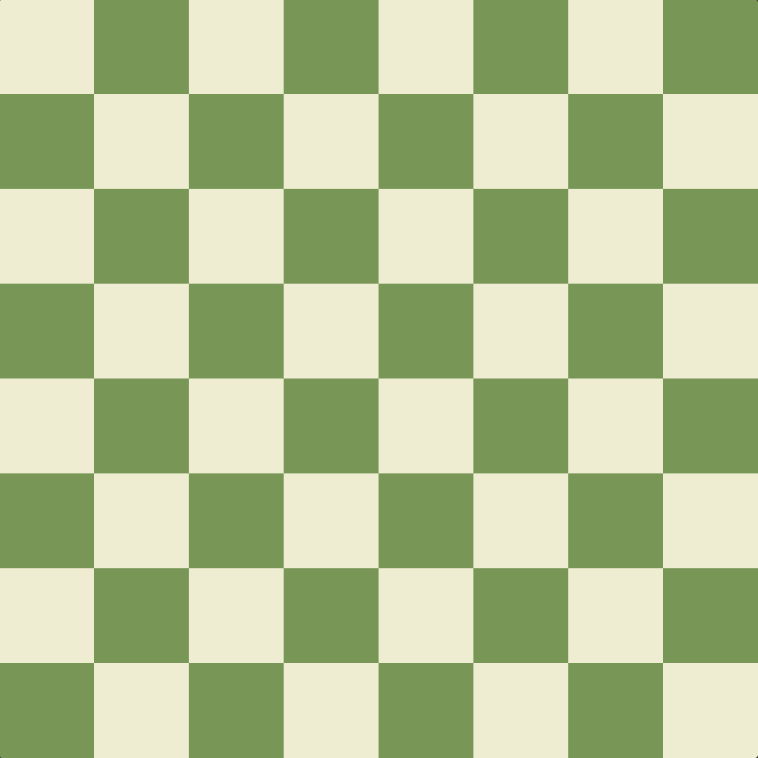
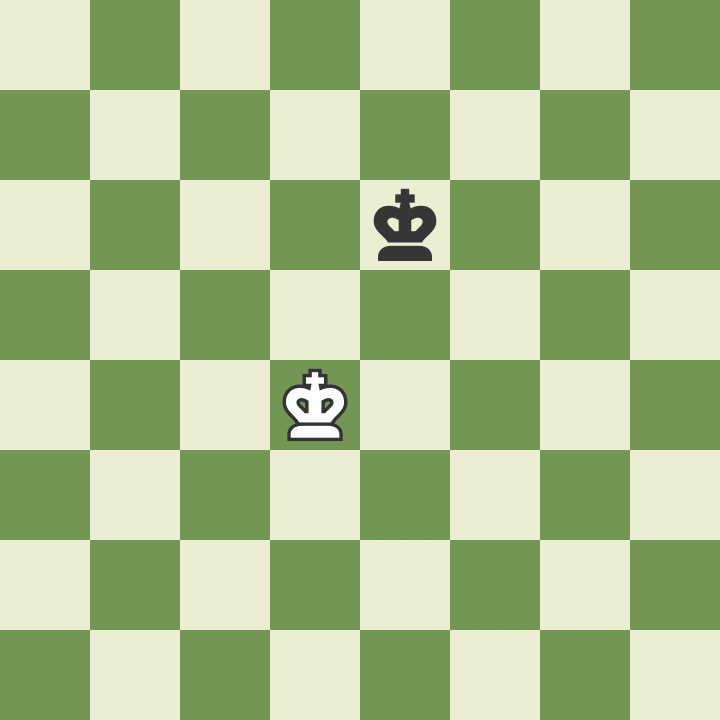
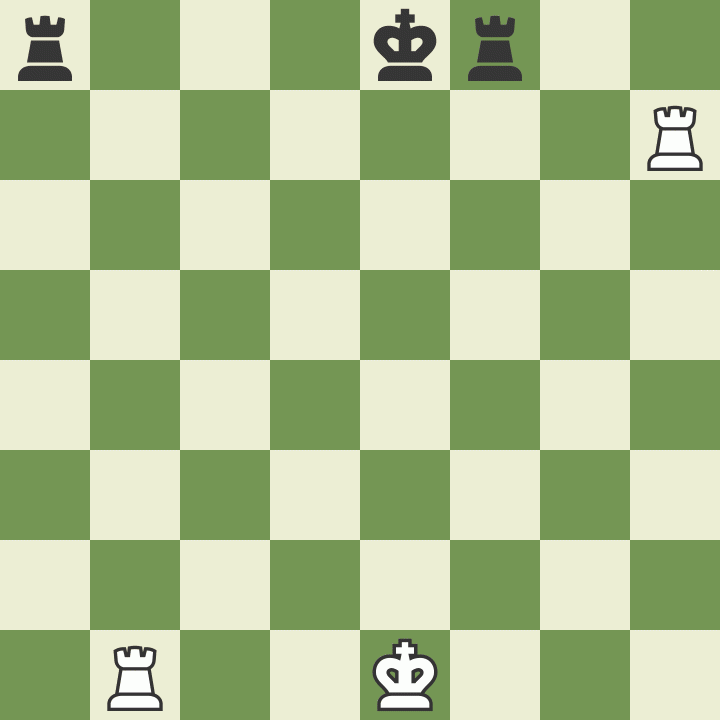
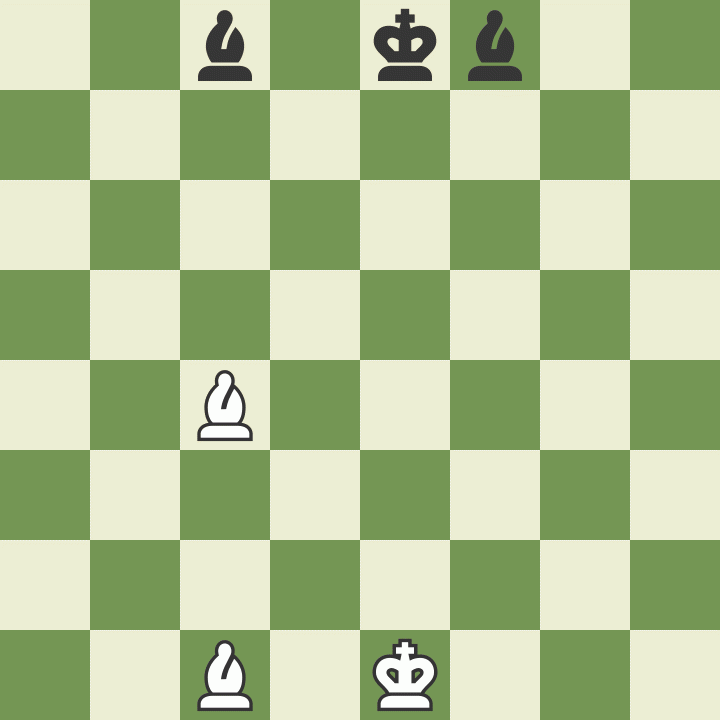
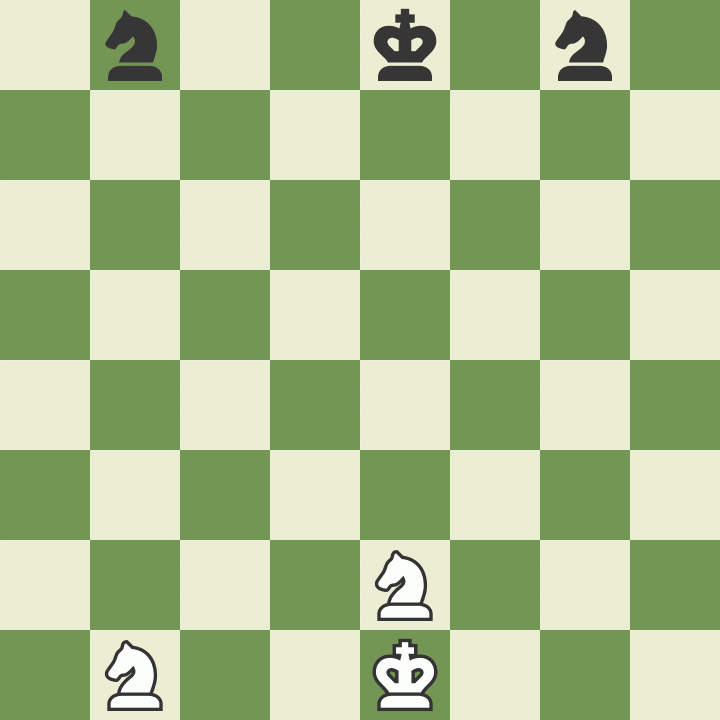
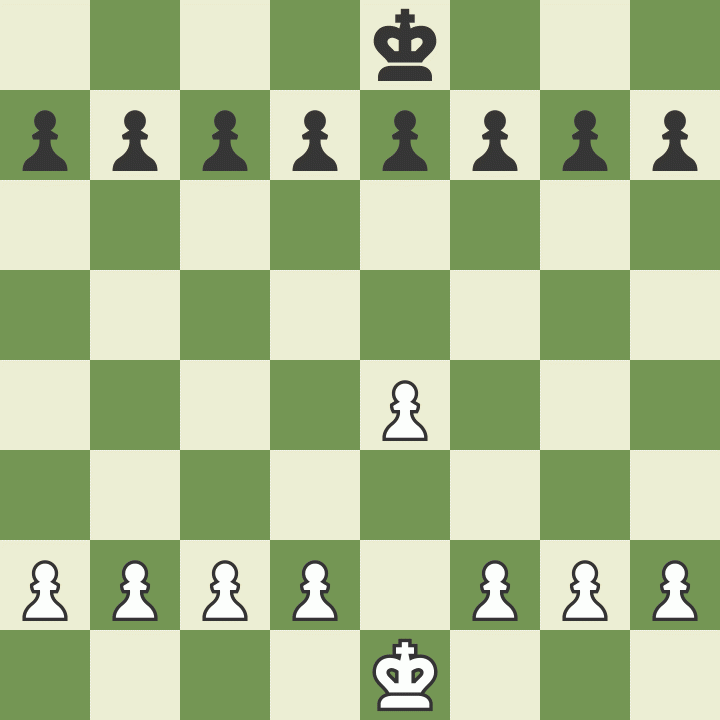
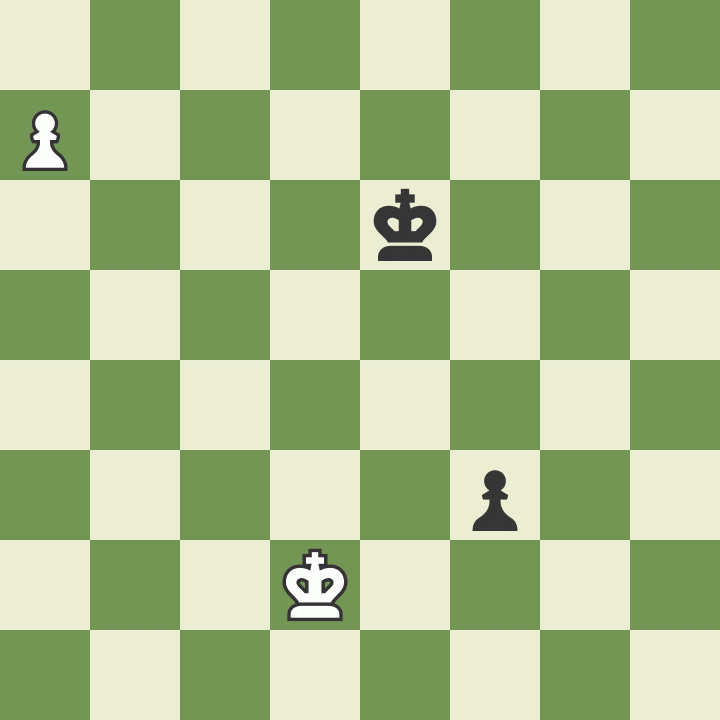

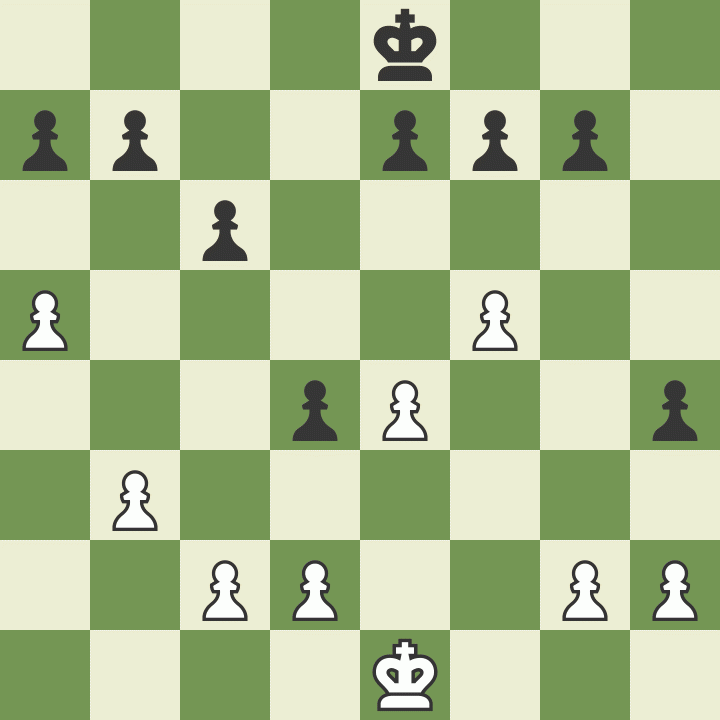

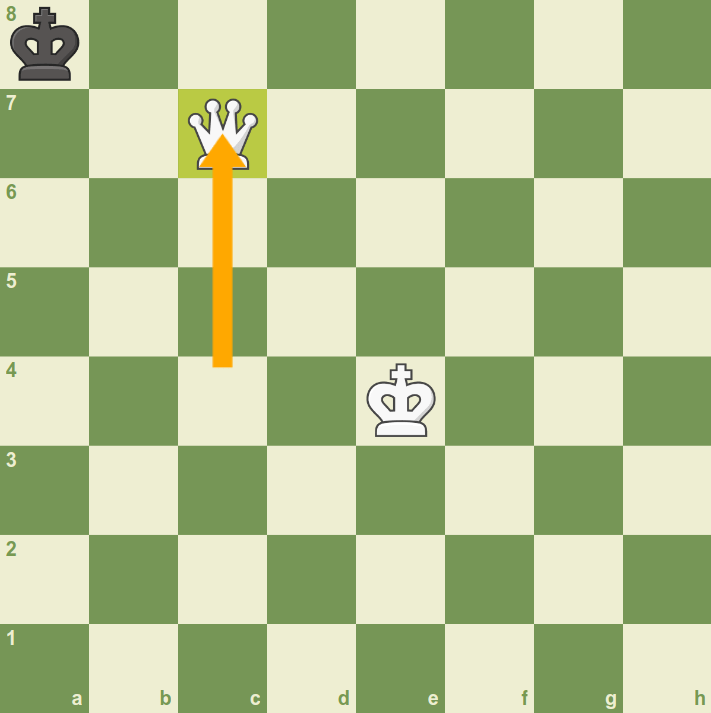
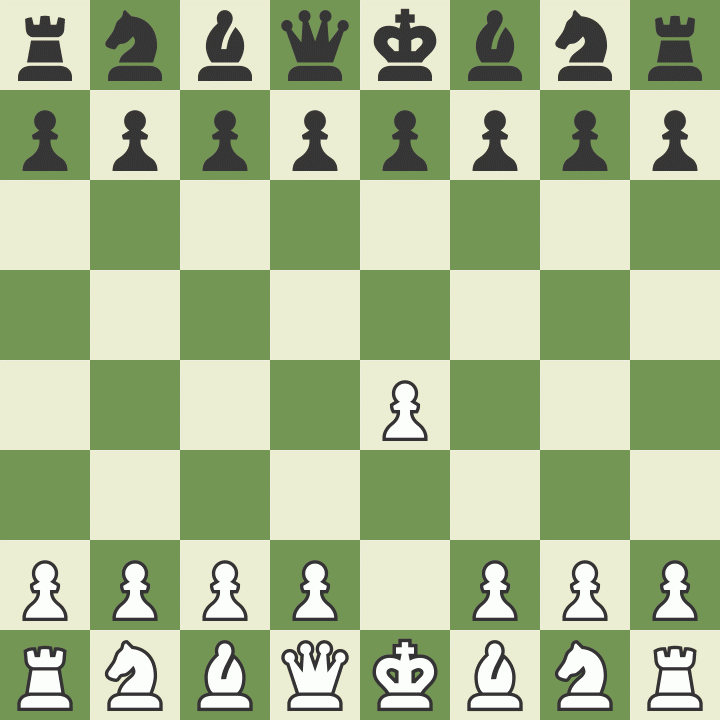

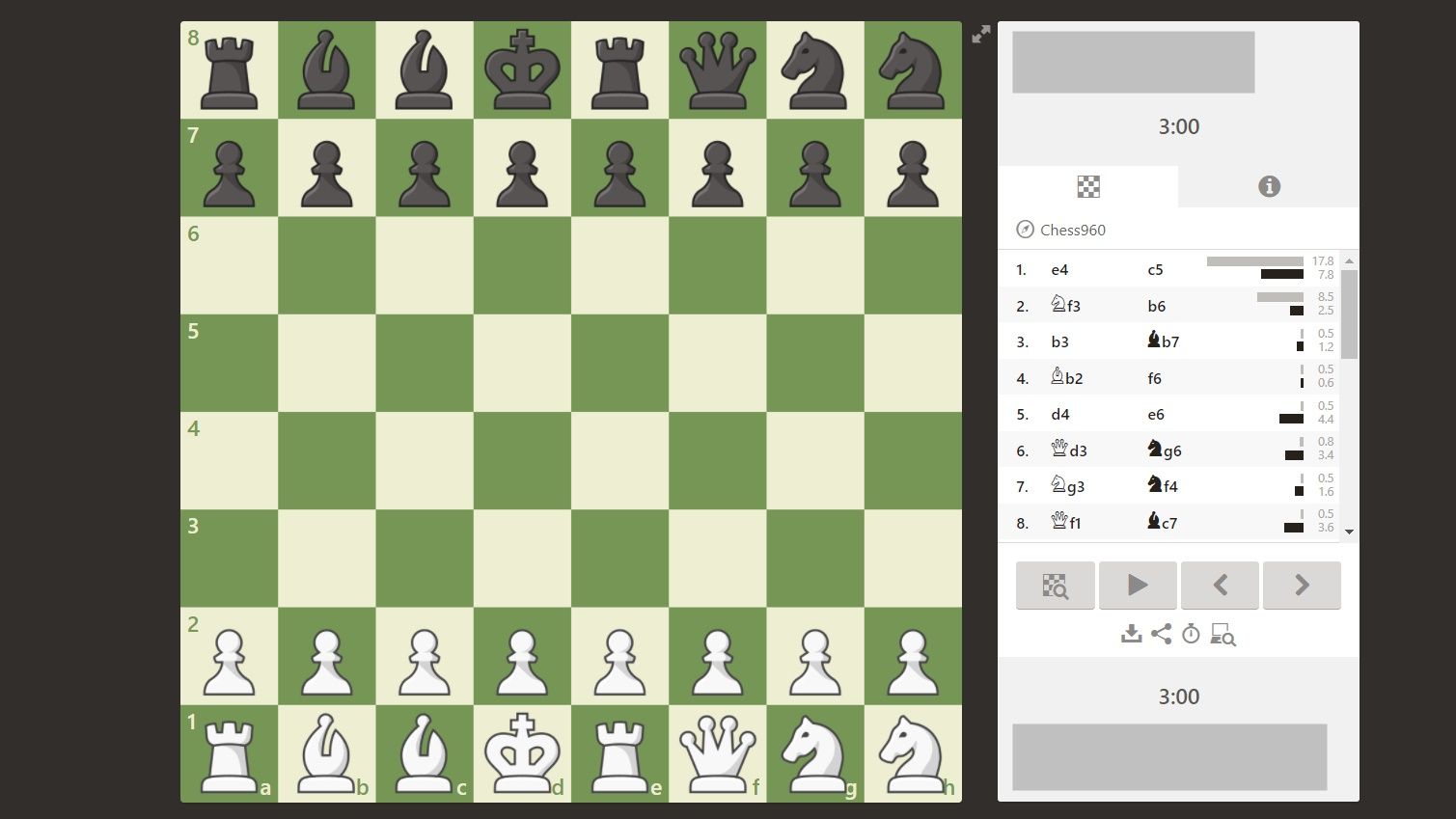
If you're new to chess, start with these 7 basic rules: understand the board, know how each piece moves, control the center, protect your king, plan ahead, practice, and analyze your games. With time and dedication, you can improve your skills and become a better chess player. The information you have given is very important. You kept giving such information. I have an information how to get good at chess which I am sharing with you
ReplyDelete